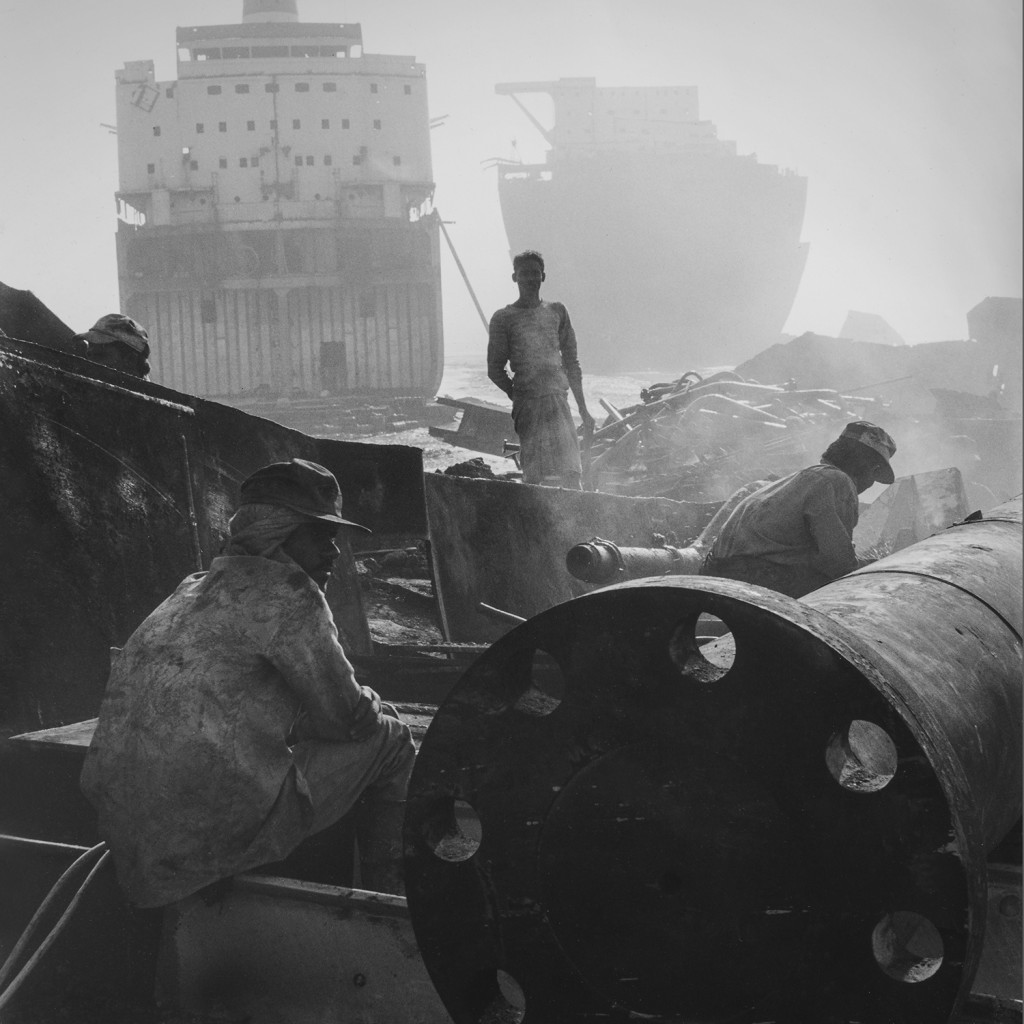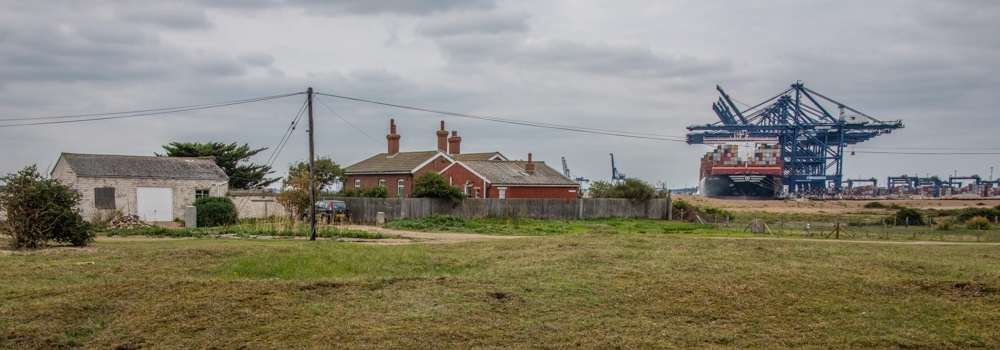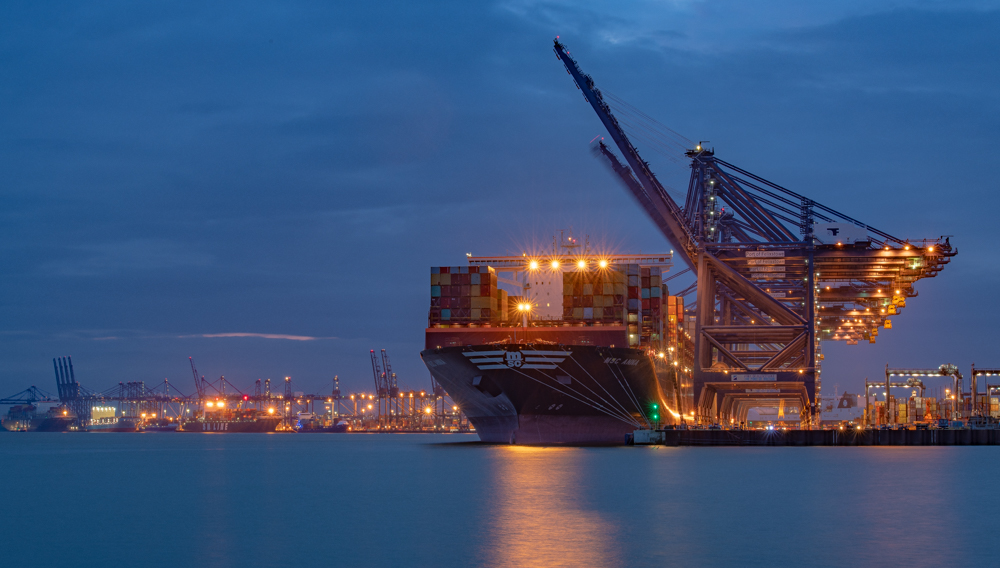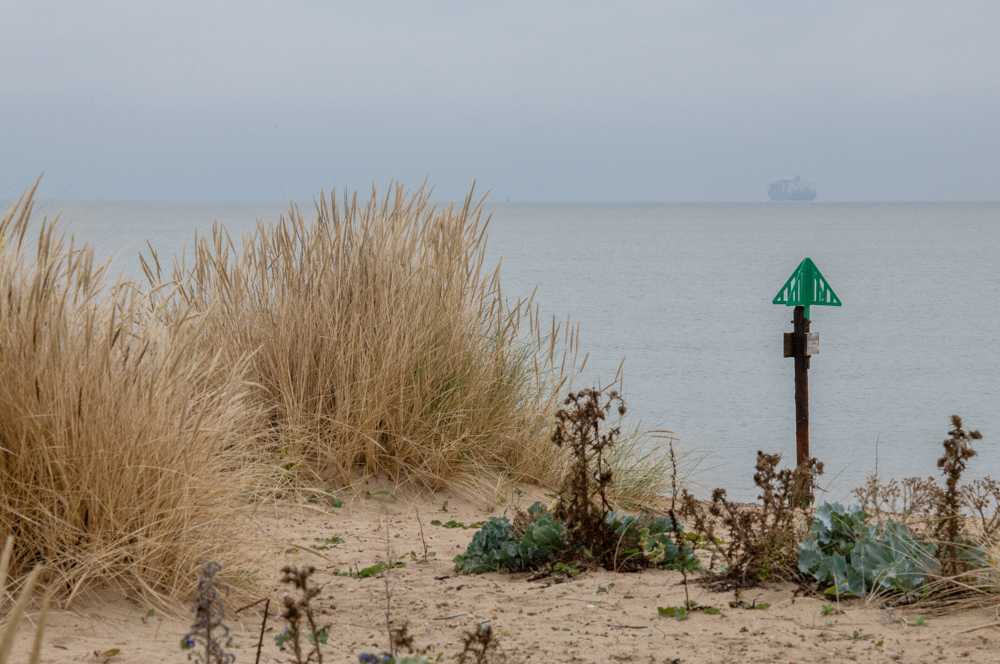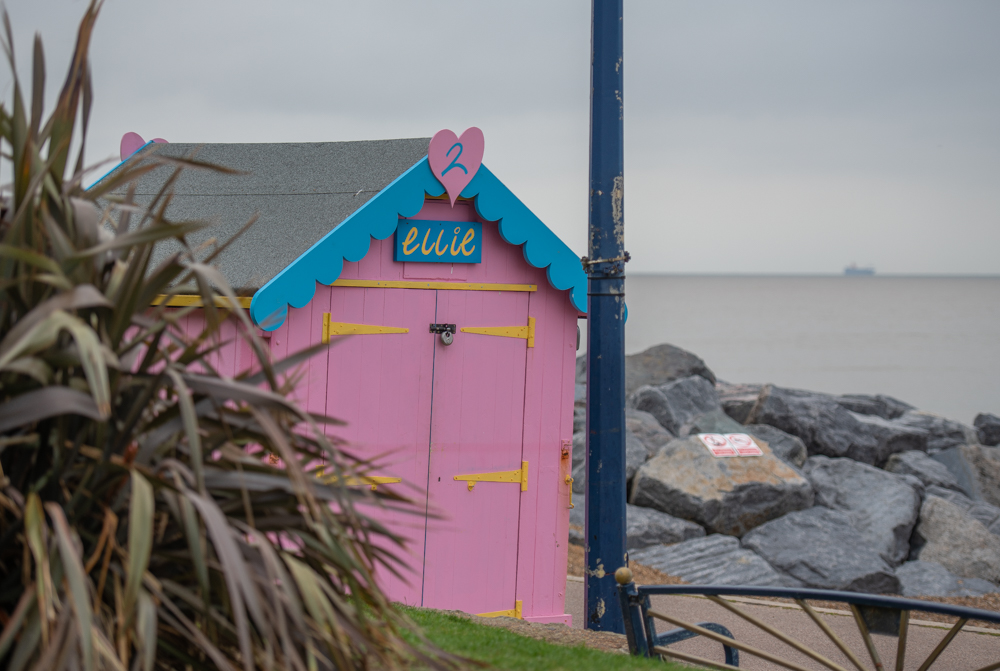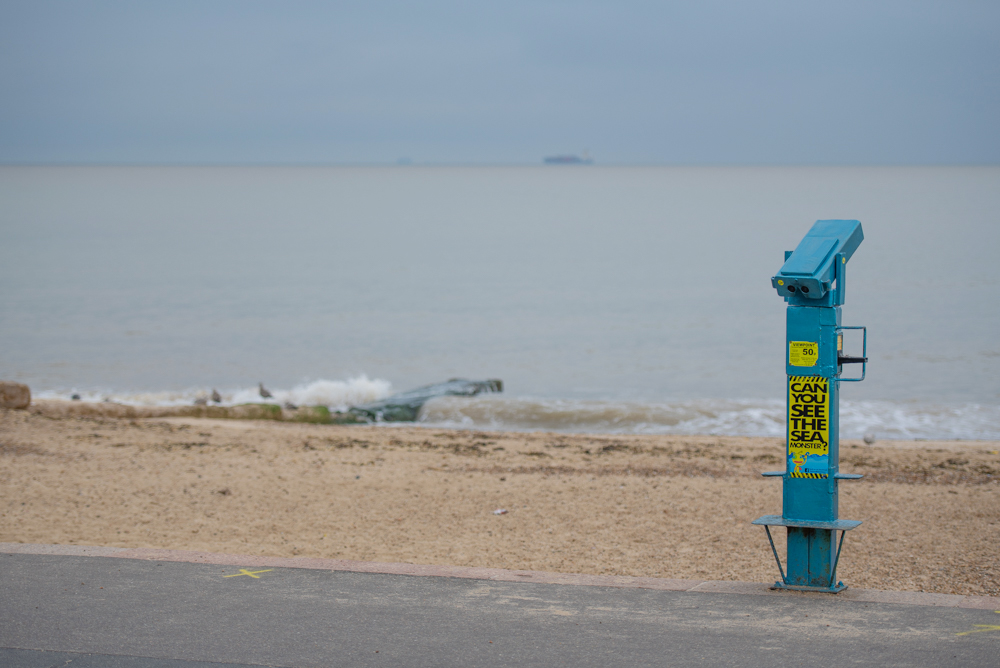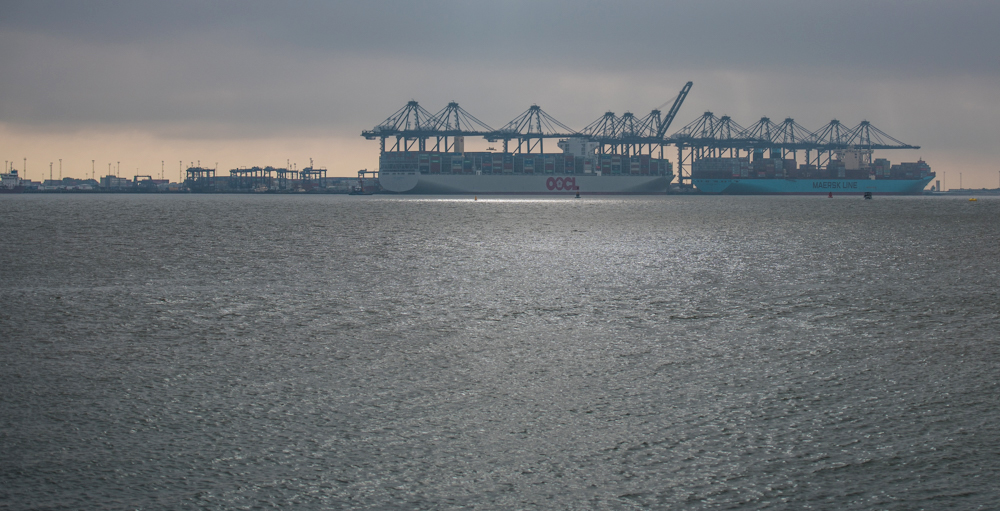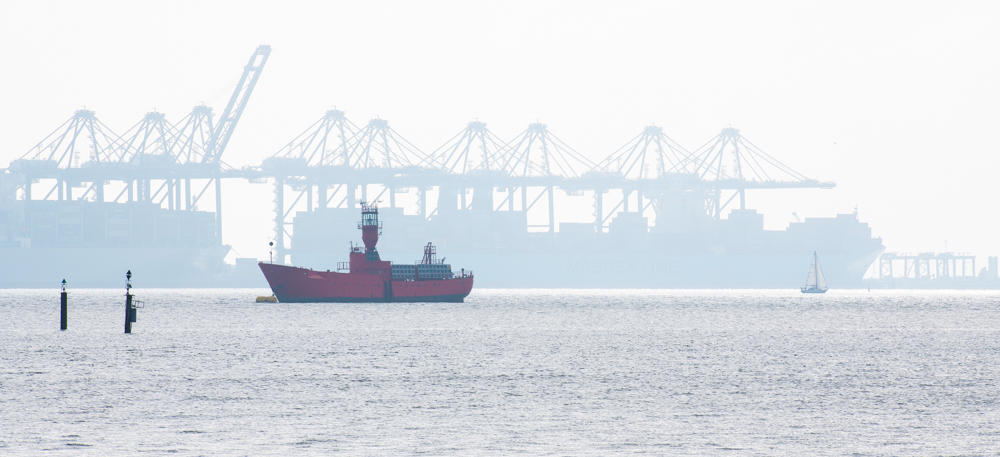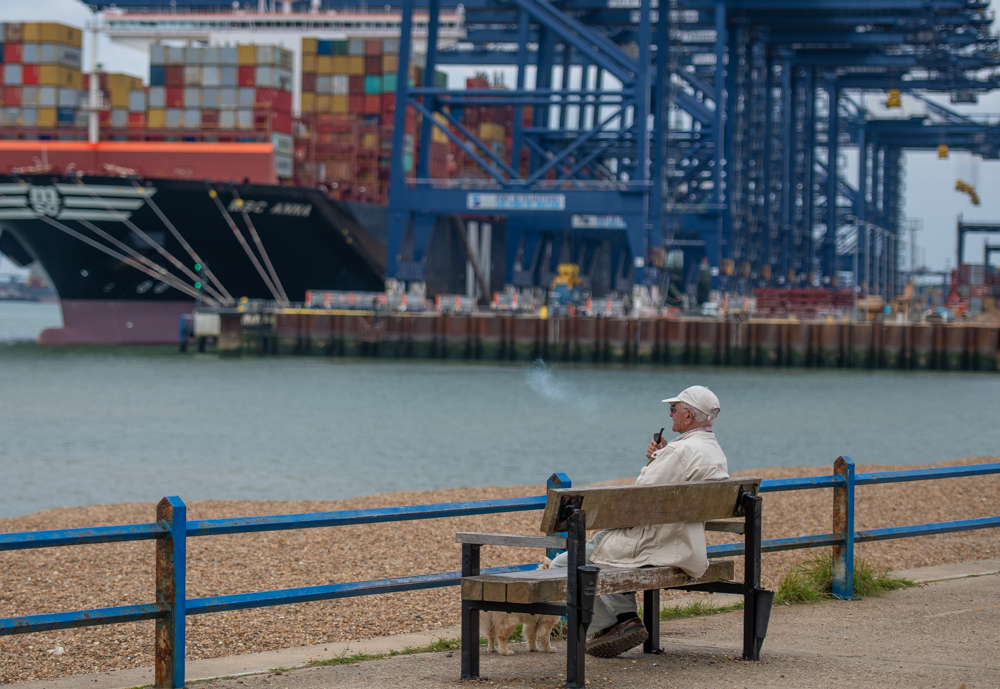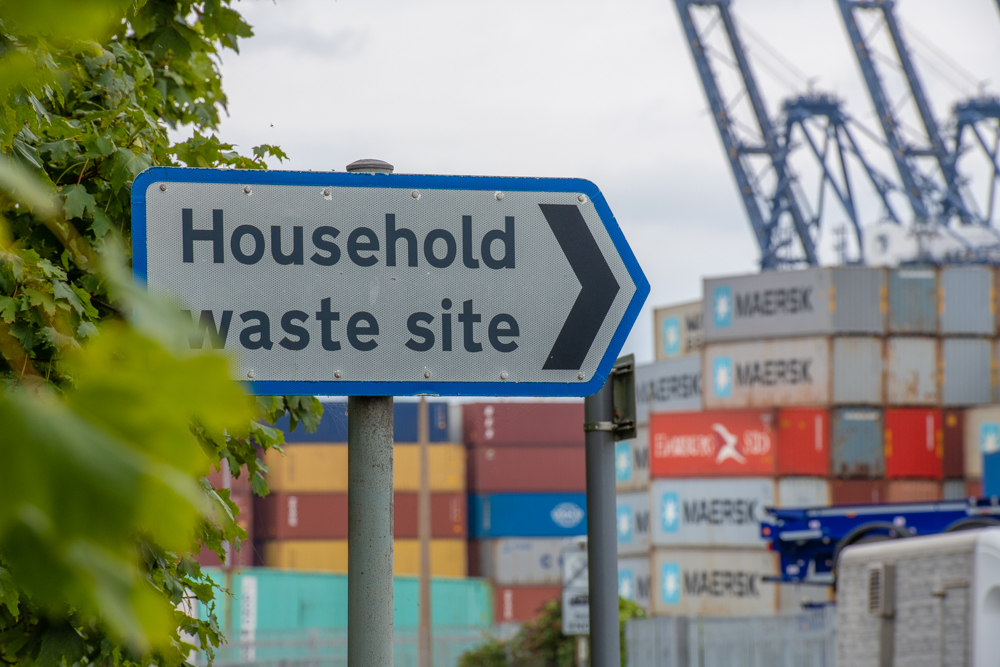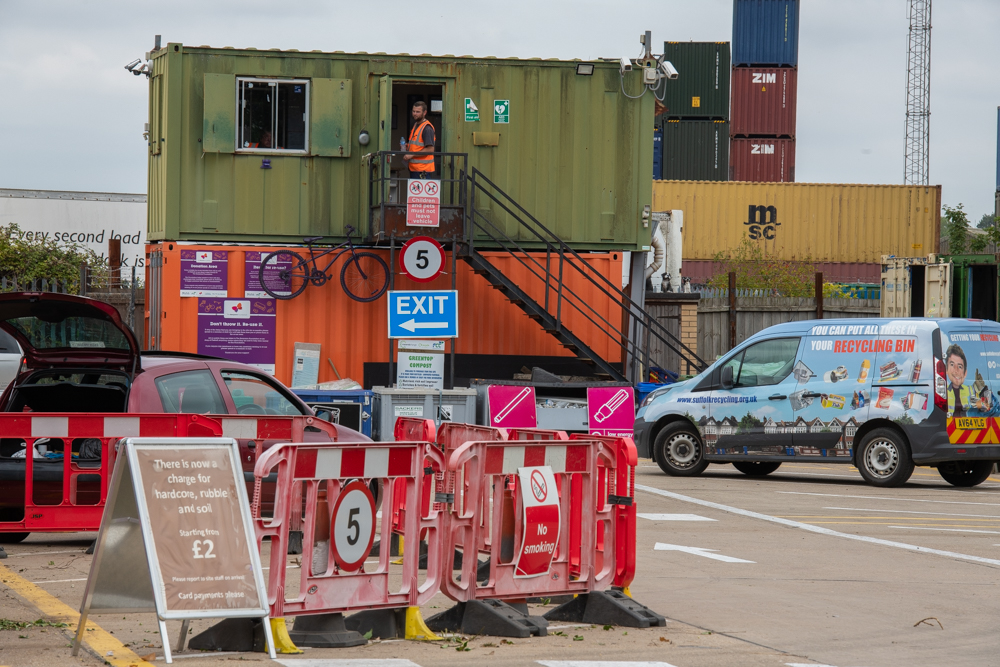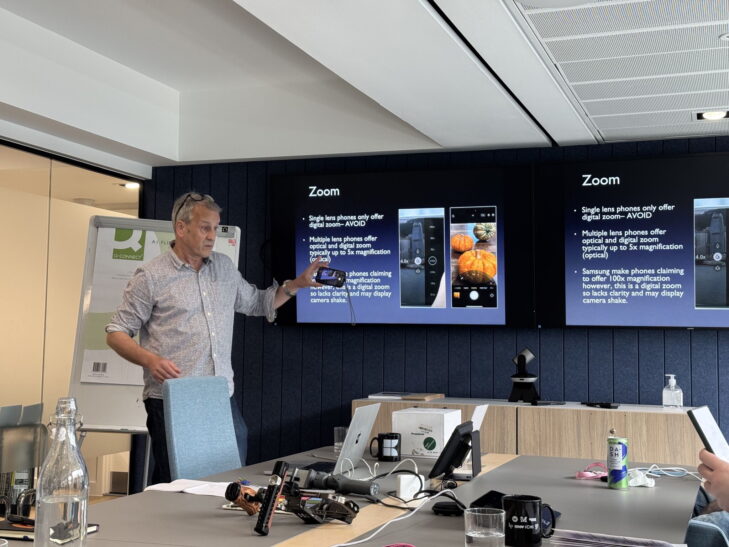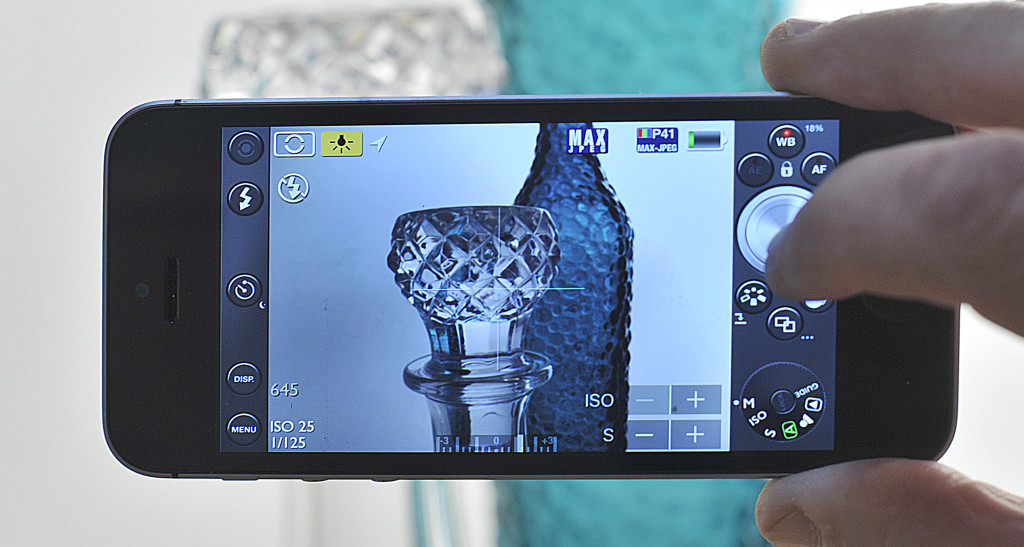Video of 14,000 TEU container ship
Produce, Consume, Dispose, Repeat…….
Our modern economies are now highly dependent on consumer spending. When in recession, governments often rely on a ‘consumer led recovery’ to bring the economy into the black. ‘Consumer confidence’ is a measure of the strength of an economy. Uncontrolled consumption however is unsustainable. In the west, we are consuming goods at an ever greater speed, the resources we consume are difficult or impossible to replenish while the carbon released and pollution created is leading to a rapidly degraded natural environment.
A fleet of huge container ships is needed to bring the goods we consume to our doors in The West. The ship in the video carries up to 14,000 containers. The largest currently at sea carry around 21,000 containers and there are plans to build even larger ships in the near future.
The video has been created as part of a project I am working on in my MA in Fine Art.









